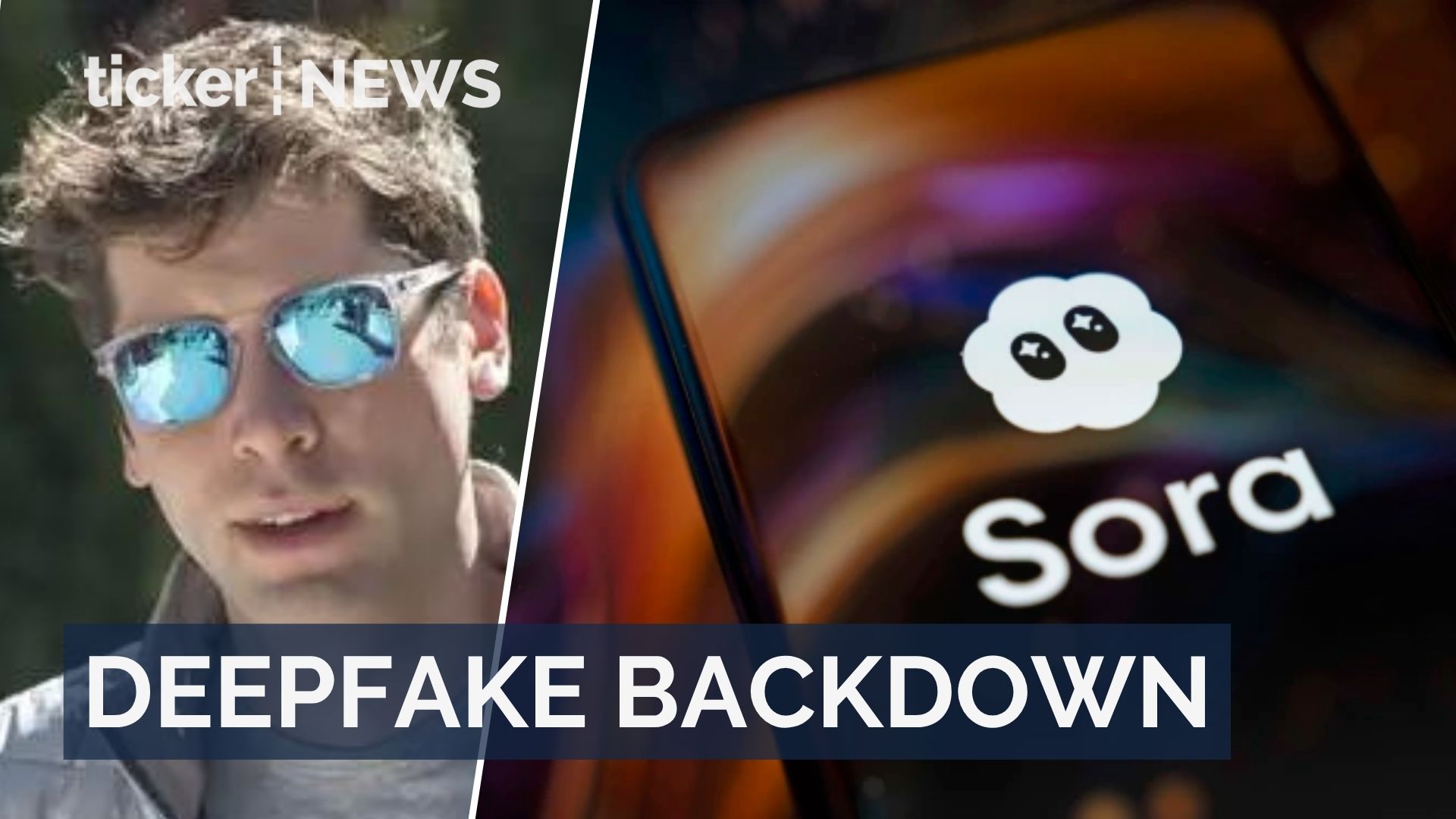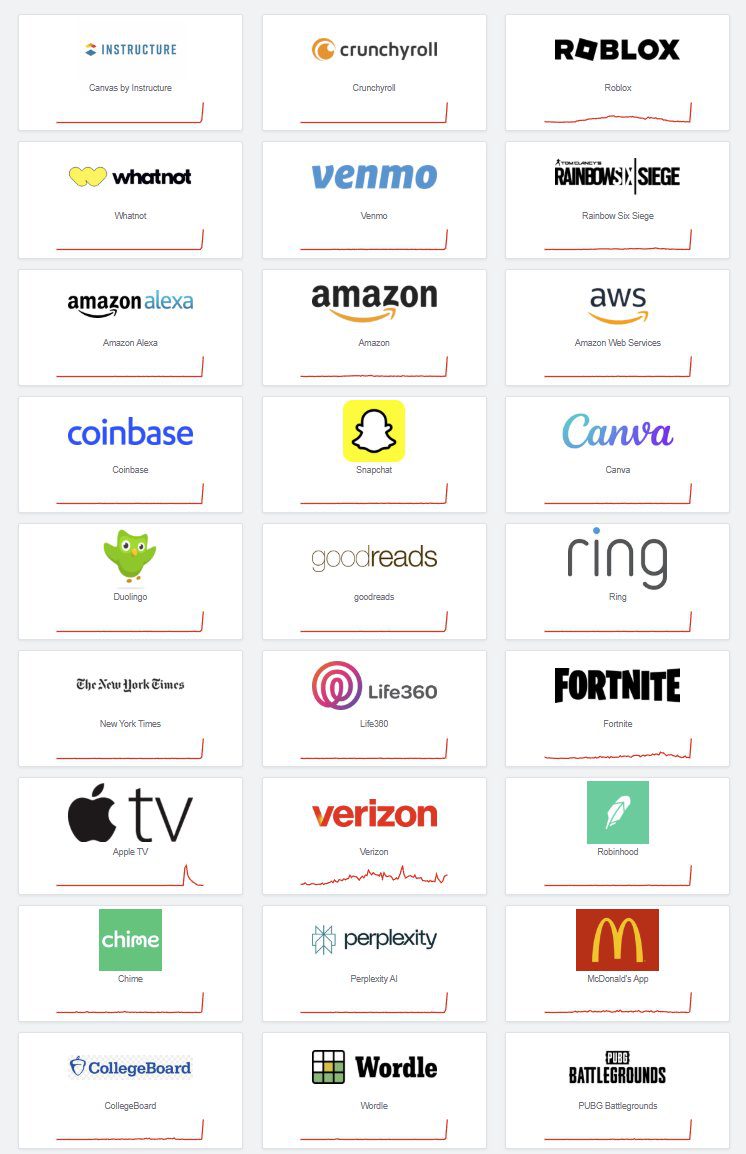Tech
Twitter competition finds that algorithm bias prefers white, slim, young faces

Tech
OpenAI Unveils ChatGPT Atlas: The Future of Browsing?
Tech
OpenAI limits deepfakes after Bryan Cranston’s concerns
OpenAI protects against deepfakes on Sora 2 after Bryan Cranston and SAG-AFTRA raise concerns over unauthorized AI-generated content
Tech
Major apps down as AWS experiences global outage
AWS outage disrupts Fortnite, Snapchat and multiple services globally
-



 Tech2 days ago
Tech2 days agoOpenAI limits deepfakes after Bryan Cranston’s concerns
-



 Tech5 days ago
Tech5 days agoMusk announces Grok AI to transform X’s algorithms
-



 Tech3 days ago
Tech3 days agoMajor apps down as AWS experiences global outage
-



 News3 days ago
News3 days agoTrump, Albanese sign minerals deal
-



 News3 days ago
News3 days agoGaza violence threatens fragile cease-fire agreement
-



 Money5 days ago
Money5 days agoUS stocks face tests from Tesla, Netflix earnings
-



 News2 days ago
News2 days agoTrump to meet Xi at APEC amid trade tensions
-



 News4 days ago
News4 days agoAlbanese meets Trump at the White House for high-stakes talks on AUKUS and trade











